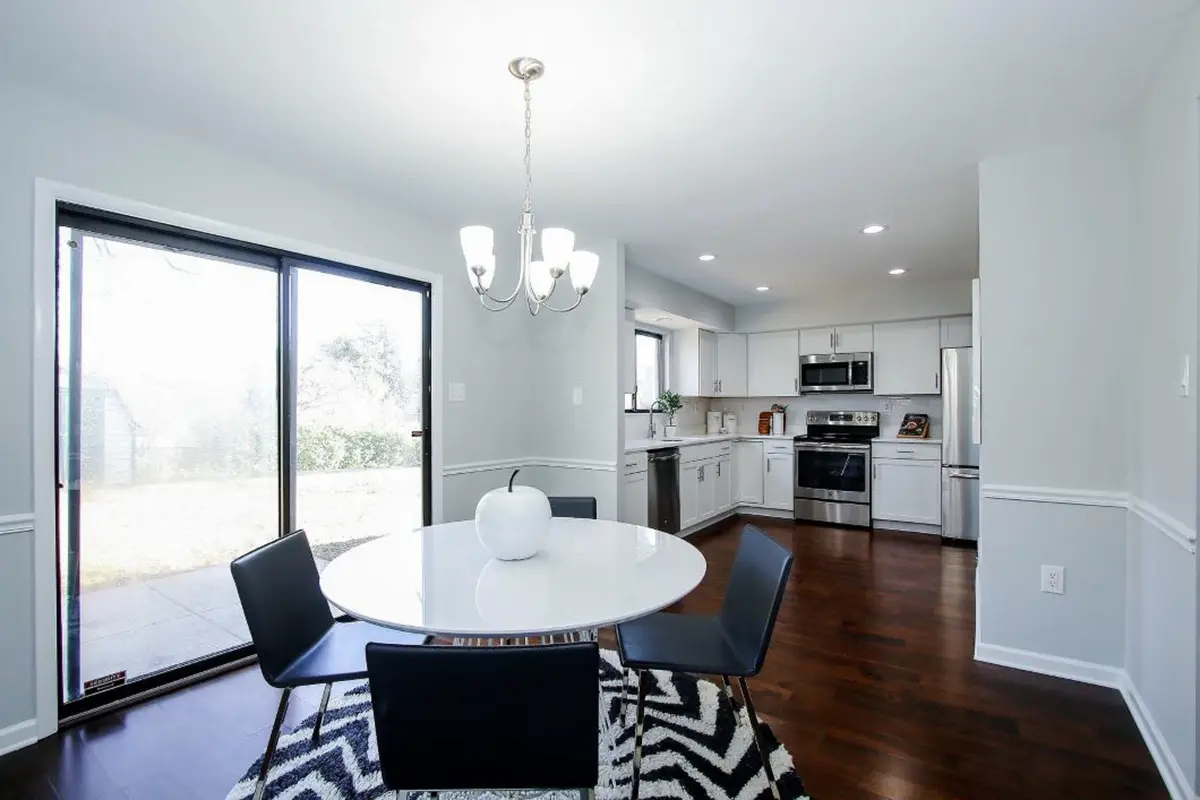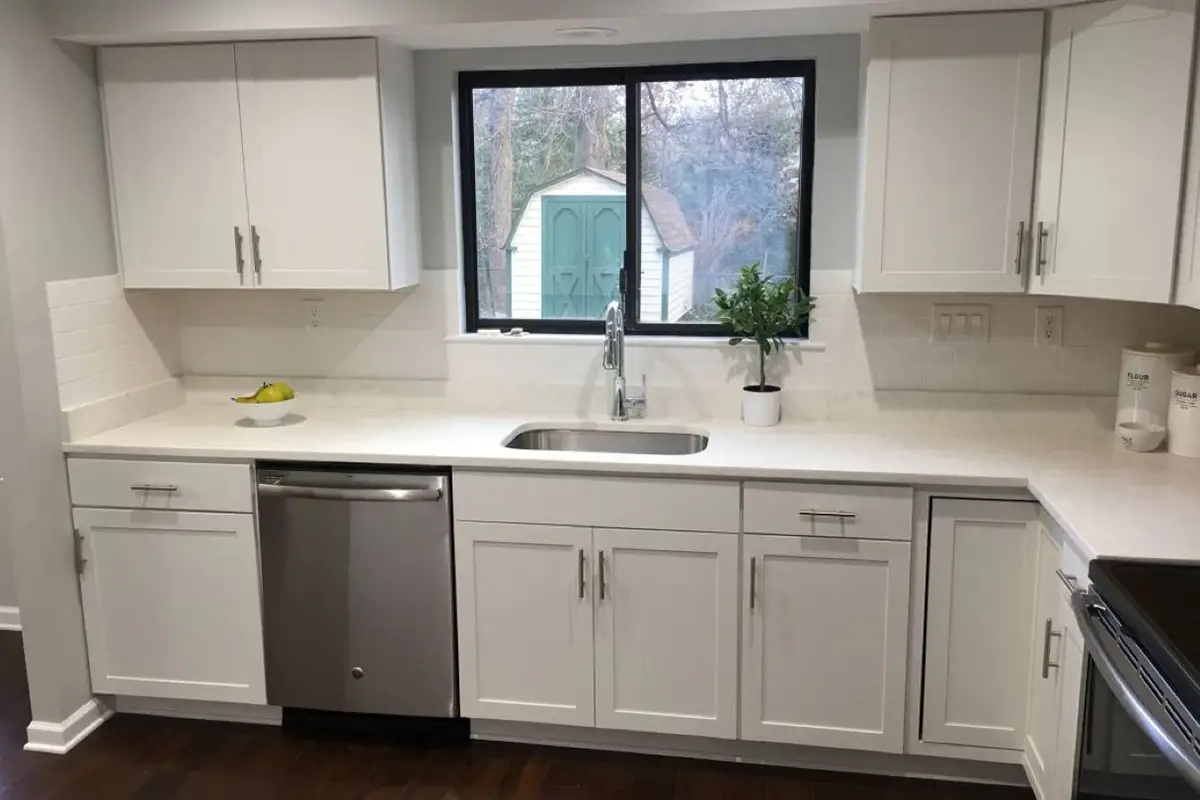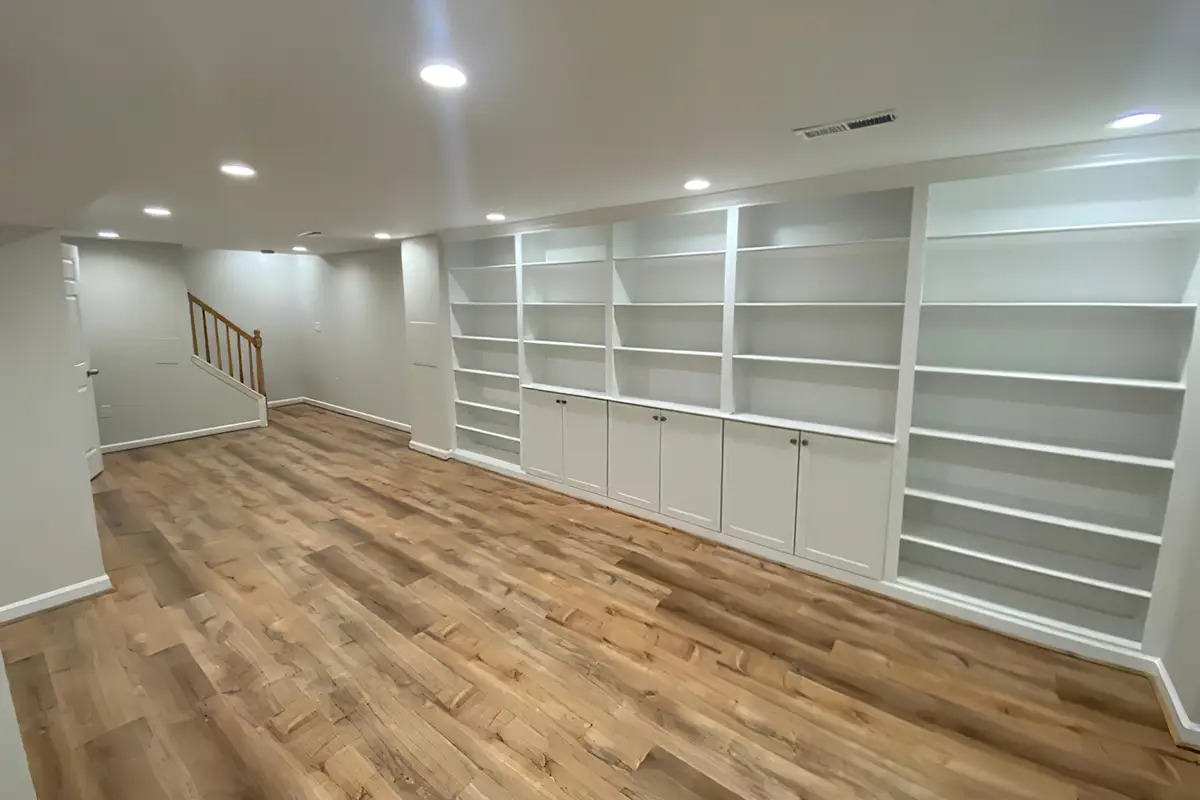
How to design a functional basement for modern living
Designing a basement for modern living unlocks the potential to expand your home's usable space in creative and practical ways. Whether you're envisioning a cozy family room, home office, guest suite, or entertainment zone, proper planning and smart design choices are key. In this blog, we’ll walk you through essential tips to help you transform your basement into a stylish, comfortable, and fully functional part of your home.
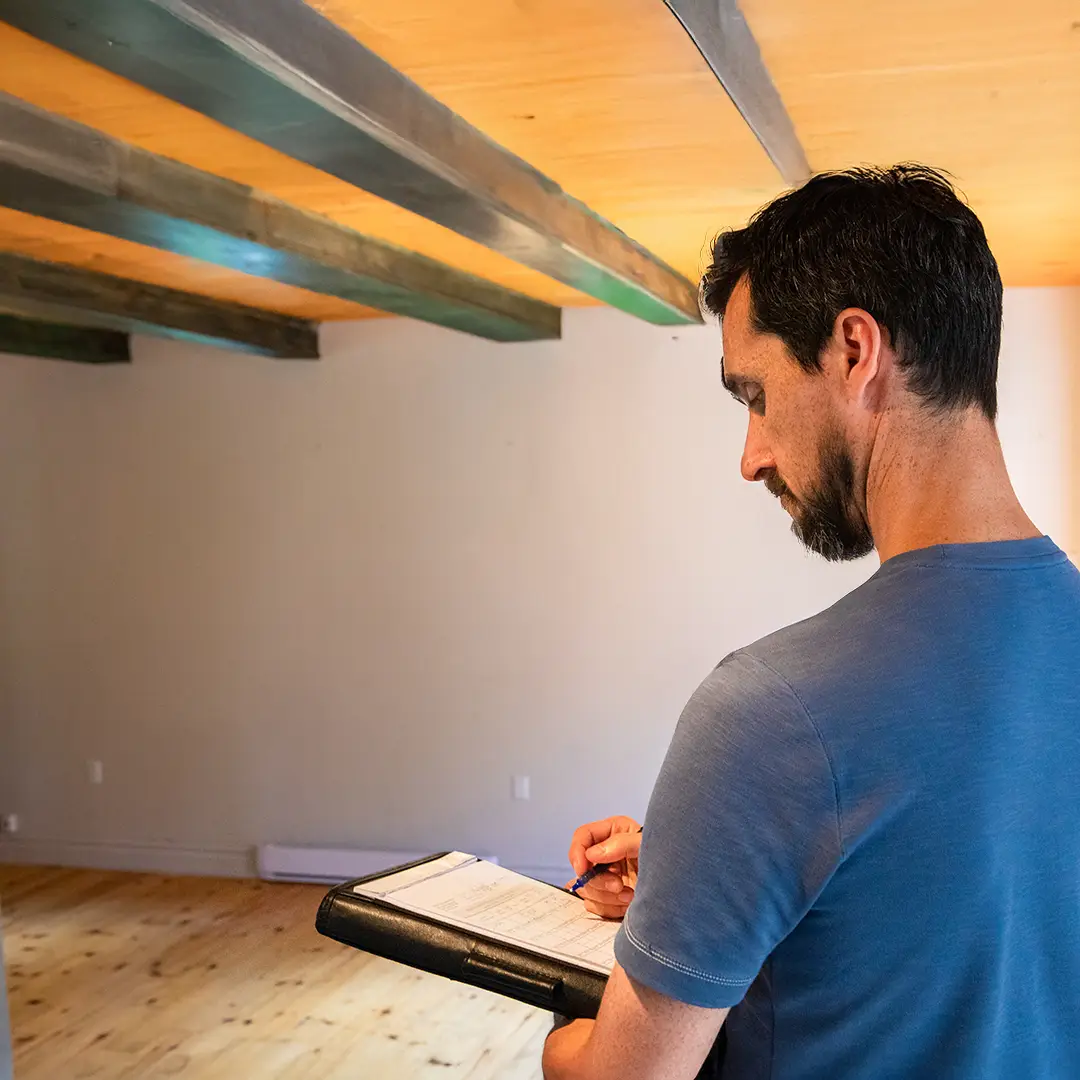
Assessing Your Basement’s Potential
Before starting a basement renovation, it’s important to evaluate the layout, ceiling height, lighting, and existing moisture conditions. Identifying the strengths and limitations of the space helps guide smart design decisions and avoid costly surprises later on. Think about what your family truly needs and how the basement can support that.

Creating Multi-Use Layouts
Modern basements benefit from flexible layouts. Consider designing a space that can serve multiple purposes: a guest room and a home office, a playroom and a gym, or a lounge area with storage solutions. Use partitions, furniture placement, or sliding doors to define zones without making the area feel closed off or cramped.
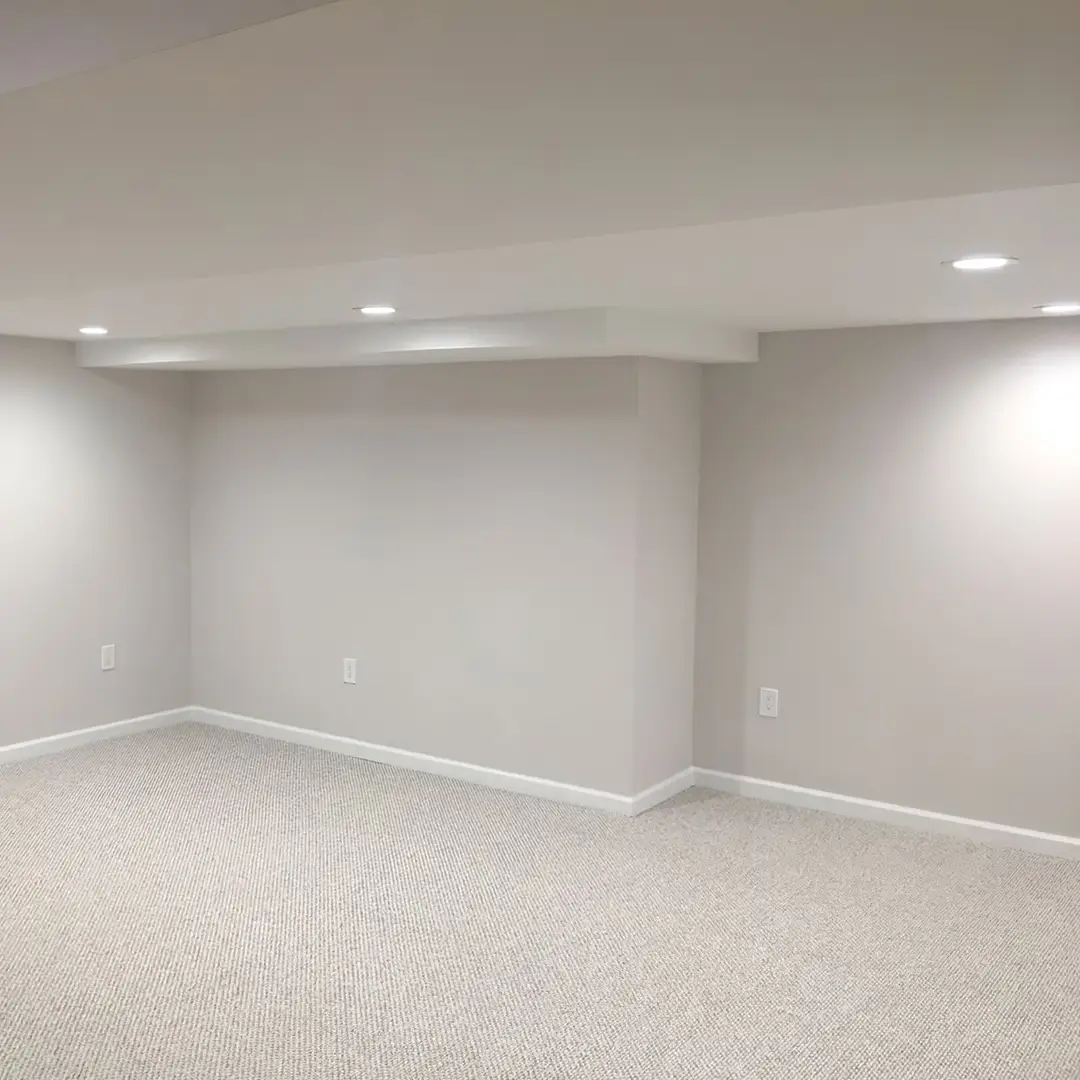
Maximizing Light and Comfort
Basements tend to have limited natural light, so prioritizing lighting design is essential. Combine recessed LED ceiling lights with floor lamps and light-colored finishes to brighten the space. Use warm tones, mirrors, and smart lighting systems to make the area feel welcoming and spacious.
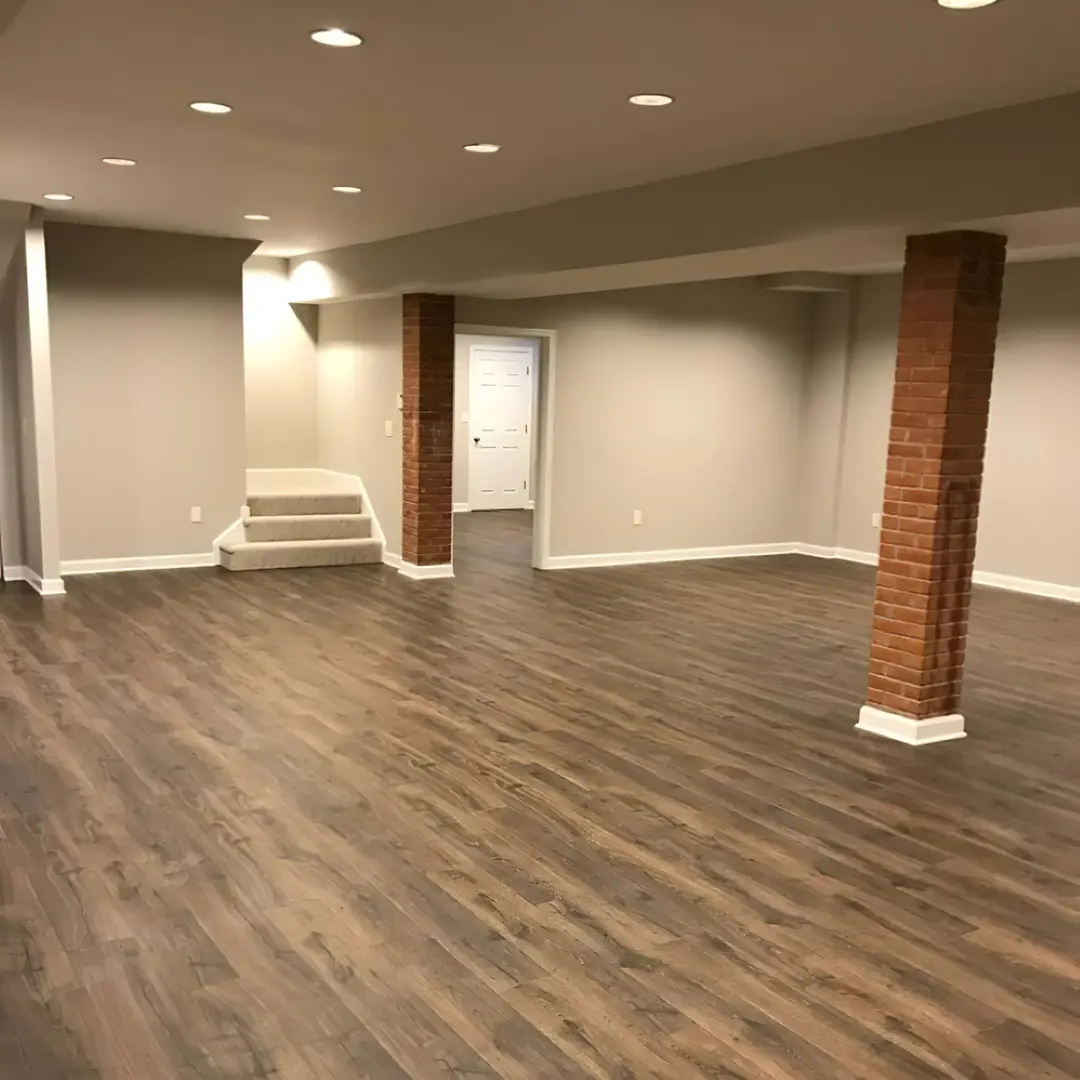
Choosing Durable Materials
Select materials that perform well in basement environments. Opt for moisture-resistant flooring such as vinyl plank or tile, mold-resistant drywall, and sealed wood finishes. These materials are not only practical but also contribute to the modern aesthetic. A durable finish ensures long-lasting comfort and style.
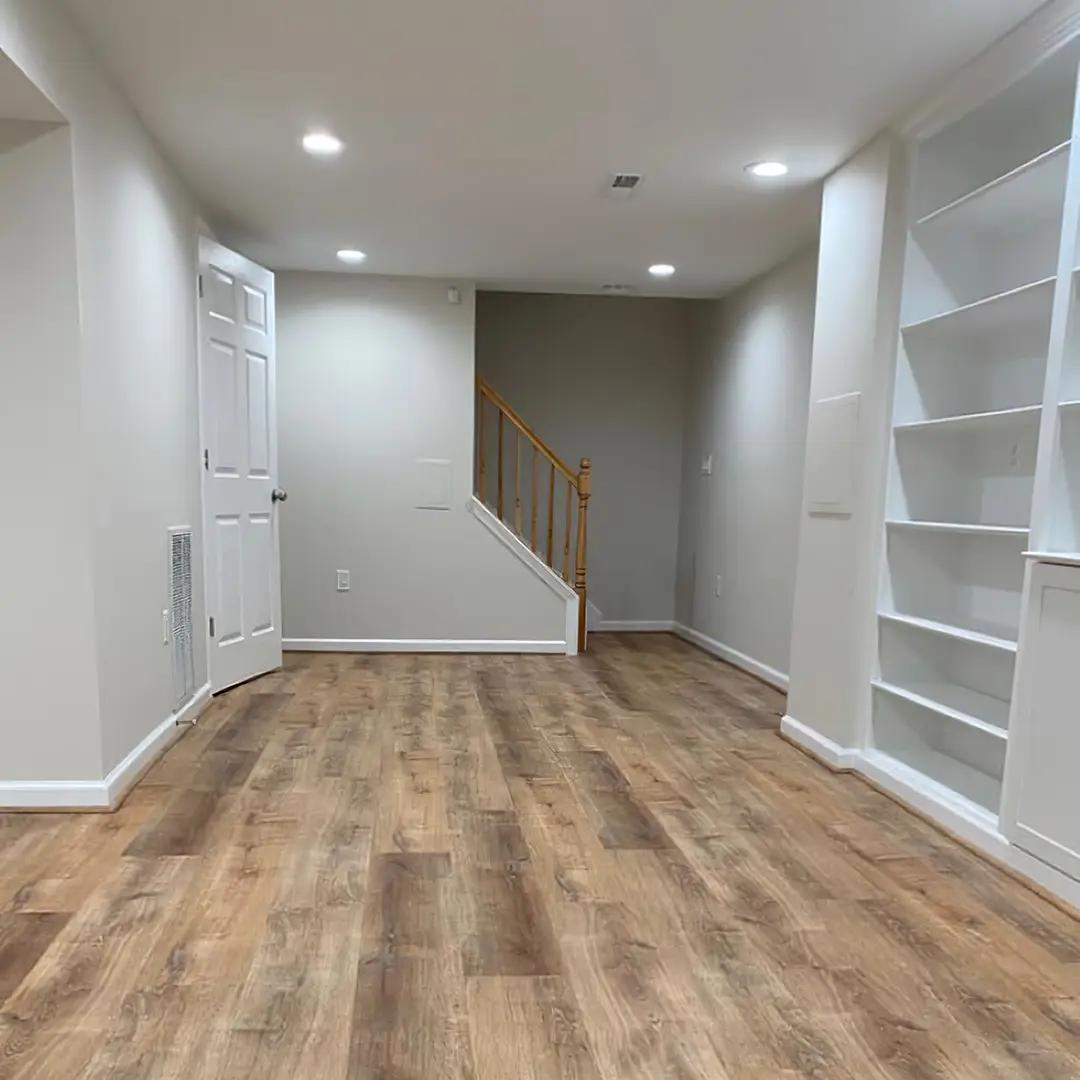
Adding Storage and Smart Features
Built-in shelving, under-stair storage, and wall-mounted cabinetry help keep your basement clutter-free. Incorporate outlets for electronics, smart home features like lighting control or sound systems, and consider a mini-kitchen or bathroom to increase usability and value. Planning these details upfront improves both functionality and resale appeal.
Related articles
